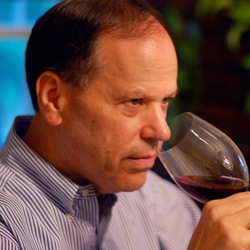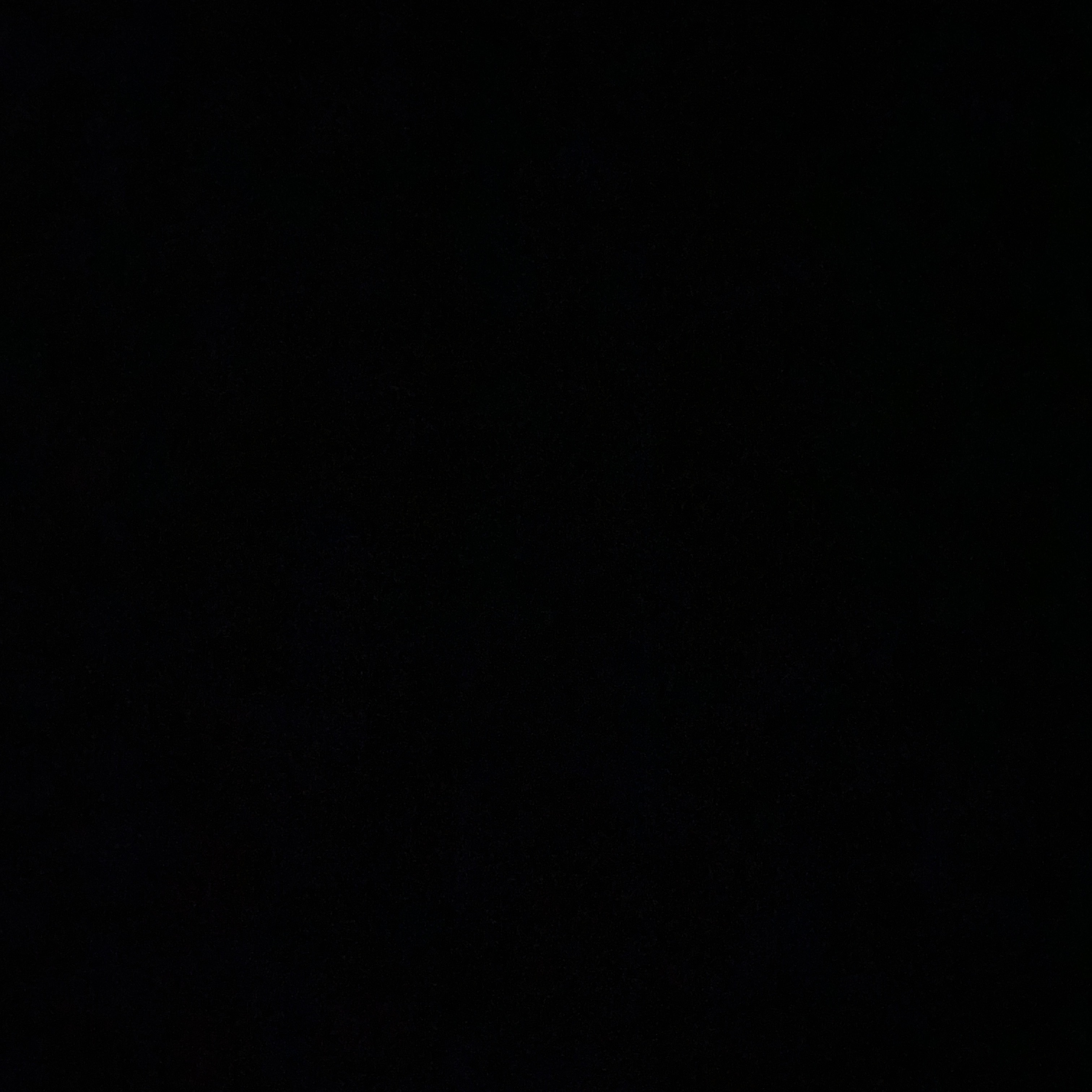Château Pont Saint Martin
Château Belair-Monange
St. Émilion Red Bordeaux Blend 2016
The 2016 Belair-Monangé displays almost clinical precision on a nose of mineral-rich black cherry and raspberry fruit, plus hints of wilted violets and iris. The medium-bodied palate delivers firm grip on the entry. This is a clean, precise, correct Saint-Émilion with plenty of tension and poise toward the persistent finish. Very classy and noble. Tasted blind at the annual Southwold tasting. (Neal Martin, Vinous, August 2020)
— 5 years ago
Château Saint-Martin
Bordeaux Red Bordeaux Blend 2016
2016 vintage. Opened on 20th May 2020. Peaked at 30 to 40 mins. Leathery and moldy scent. Vanilla, floral, peppery and some spicy aftertaste. Low acidity. Medium to high tannins. Medium finish. — 5 years ago
Château Cap Saint-Martin
Premières Côtes de Blaye Red Bordeaux Blend 2015
Ligero de cuerpo — 7 years ago
Château Clos St. Martin
St. Émilion Red Bordeaux Blend 2006
Clos St. Martin was established in 1850 and named after the neighbouring church of Saint- Martin. Clos St Martin is just 1.33 hectare and is the smallest classified growth in Saint-Émilion. An interesting lighter style Bordeaux. Dark berry fruit aromas, earthy herb spice. On the palate complex black fruit flavors and espresso notes. Soft tannins, smoky oak, medium+ finish, earthy mineral ending. Drink now. — 8 years ago
Château Calon-Ségur
Saint-Estèphe Red Bordeaux Blend 2016
The 2016 Calon-Ségur has a very concentrated, multifaceted bouquet of blackberry, blueberry, cedar and wild mint. I adore this – so involving and so intoxicating! The palate is very well balanced with succulent tannins and a fine bead of acidity, full of tension and poise. Black cherry and blueberry emerge toward the satisfying, complete finish. A gorgeous Saint-Estèphe. Tasted blind at the Southwold tasting. (Neal Martin, Vinous, August 2020)
— 5 years ago
Château Canon
Saint-Émilion Red Bordeaux Blend 2015
The 2015 Canon has a tightly wound bouquet with mineral rich black fruit, raspberry coulis, rose
petal and desiccated orange peel. It takes time to come together, but it does. The palate is well defined, very focused with fine minerality. This is discreet but beautifully balanced, clean and precise with a sense of energy and precision on the finish. It is less showy than its peers at the moment, which
explains why I am more parsimonious with my score. Yet the potential is locked inside this wine and it will aspire toward perfection with a decade in bottle.Tasted blind at the Southwold 2015 Bordeaux tasting. (Neal Martin, Vinous, July 2019) — 6 years ago
Cave de Roquebrun
Les Hauts de Saint Martin St. Chinian Red Blend 2017
Fantastic wine, earthy but with a long silky finish. £8.50 in Co-Op bargain — 7 years ago
Château Hermitage Saint-Martin
Ikon Côtes de Provence Grenache - Syrah Blend 2014
Bon bon bon — 8 years ago
Château Cheval Blanc
St. Émilion Red Bordeaux Blend 2018
When I tasted the 2018 Cheval Blanc from barrel, I felt that it deserved a very good score, though not one that implied potential perfection. The bottle was tasted upon opening, but I only began to pen my tasting note after 3–4 hours’ decanting. I still find the bouquet more open than many recent vintages, the ripe brambly red fruit intermingling with clove, sage and light graphite notes originating from the Cabernet components (46% of the final blend). It is a really seductive bouquet, though not as complex or as nuanced as, say, the astonishing 2016 or the impressive 2015. The palate is medium-bodied with refined tannins. A harmonious and elegant Cheval Blanc that has retained the linearity I remarked upon in barrel. So it is not a flamboyant Cheval Blanc like the Cabernet-dominated 2017, but it is a far better wine thanks to the Merlot imparting flesh and rondeur. The finish is extremely precise but never powerful, almost Burgundy-like in weight, with a lightly spiced aftertaste. As the hours pass in the decanter, it gains depth and a little more precision on the finish. This does not possess the otherworldly profundity to equal legends such as the 1934, 1964 or 2016; it is simply a wonderful Cheval Blanc to sit back and savor as a Saint-Émilion par excellence. (Neal Martin, Vinous, March 2021)
— 5 years ago
Château de Saint-Martin
Eternelle Favorite Rosé Blend
A bit sweeter than expected. Peach well represented. — 6 years ago
Domaine de la Ferme Saint Martin
Costancia Beaumes-de-Venise Grenache Syrah 2015
Pretty intense — 8 years ago
Godmé Père et Fils
Les Champs Saint Martin Extra Brut Champagne Pinot Noir 2007
Great balance of weighty fruit/non-fruit character, textural richness, and bright acidity. So open knit and generous right now. Seamless. Deep stone fruit and baked pommaceous notes, zippy ripe citrus, lacey tones of nuts, flowers, honey, and brioche. Deeply mineral throughout. So delicious and perfect accompaniment with our meal. — 8 years ago
Château Hermitage Saint-Martin
Ikon Côtes de Provence Rosé 2014
Lovely Provençal rose just right here in the Caribbean — 9 years ago















Delectable Wine

Follow to learn about our favorite wines & people.
The 2003 Ducru-Beaucaillou, picked 15-25 September and matured in 90% new oak, has a ripe and opulent bouquet with lavish black fruit, fresh fig, dates and a touch of liquorice, though here is no sense of over-maturity here. It is fresher than a lot of ‘03s that I have recently tasted. The palate is well balanced with supple, rounded tannins. There is a real candied essence to this Ducru-Beaucaillou, with quite a pronounced liquorice finish that you want to go back to. This is ageing well - one of the better wines of this infamous growing season. Tasted at the Ducru Beaucaillou vertical at the château. (Neal Martin, Vinous, July 2022)
— 3 years ago